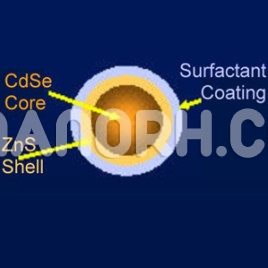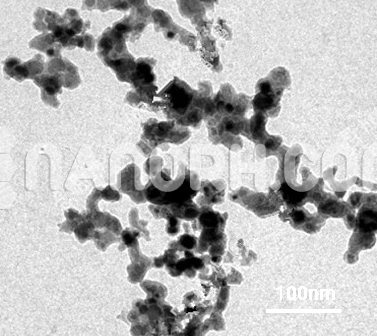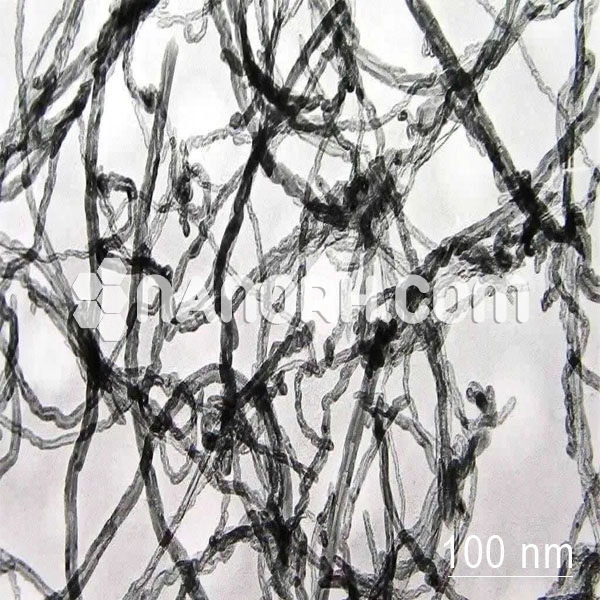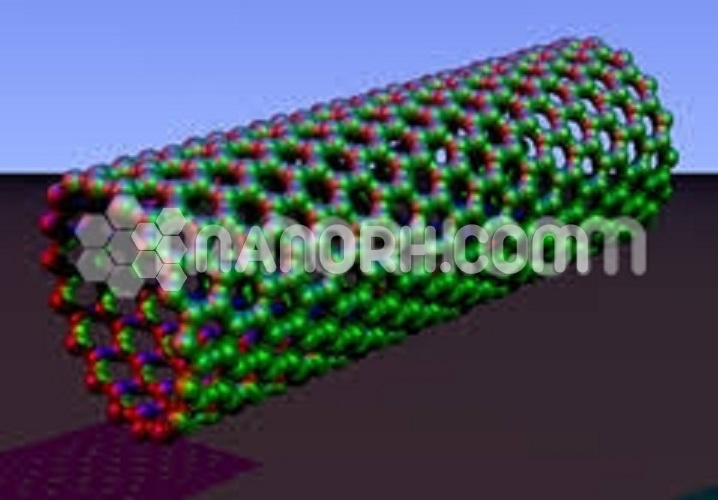CdTe CdSe Core Shell Nanoparticles (Cadmium Tellurium/Cadmium Selenium, 99.9%, APS: 80-100nm, Inorganic Semiconductor)
| CdTe CdSe Core-Shell Nanoparticles | |
| Product No | NRE-16095 |
| CAS No. | 1306-25-8/1306-24-7 |
| Formula | CdTe/CdSe |
| APS | <100nm (can be customized) |
| Shape | Spherical |
| Purity | 99.9% |
| Core | Cadmium Tellurium |
| Shell | Cadmium Selenium |
| Appearance | Powder |
| Boiling Point | NA |
CdTe CdSe Core-Shell Nanoparticles
CdTe/CdSe core-shell nanoparticles are a type of semiconductor quantum dot that combines the optical properties of cadmium telluride (CdTe) as the core material with the cadmium selenide (CdSe) as the shell. This core-shell structure is designed to enhance the luminescent efficiency, stability, and optical properties of CdTe quantum dots, making them suitable for a range of applications in biomedical imaging, optoelectronics, and sensing.
Applications
Biomedical and Biological Imaging
Fluorescent Imaging: CdTe/CdSe core-shell quantum dots are widely used in biomedical imaging, including in vivo and in vitro applications. Their strong fluorescence, long-term stability, and size-tunable emission properties make them ideal for multicolor imaging of cells, tissues, and organisms.
Cell Tracking: These quantum dots can be used to track cells in live animal models, allowing researchers to monitor the movement and behavior of individual cells within a living organism over time. The fluorescence emitted by the quantum dots provides real-time imaging capabilities.
Molecular Imaging: In biomarker detection, these quantum dots can be functionalized with specific ligands, antibodies, or peptides to target particular molecules or cell types, allowing for molecular-level imaging of disease states, including cancer, infections, and neurological disorders.
Fluorescence-Based Diagnostics: CdTe/CdSe quantum dots are used in biosensors to detect diseases or biomarkers through changes in fluorescence intensity upon binding to specific targets.
Optoelectronics
Quantum Dot Light-Emitting Diodes (QLEDs): CdTe/CdSe quantum dots are increasingly used in QLEDs due to their tunable emission properties, bright fluorescence, and high photoluminescent efficiency. They are employed in displays (such as television screens and smartphones) and in solid-state lighting applications, offering superior color purity and energy efficiency.
Photodetectors: These quantum dots can be used in photodetectors and imaging devices for sensing applications. The strong absorption and size-dependent emission properties make them suitable for solar cells, night-vision devices, and high-resolution imaging systems.
Solar Energy and Photovoltaics
Quantum Dot Solar Cells (QDSCs): CdTe/CdSe quantum dots are used in quantum dot solar cells because of their high absorption efficiency and the ability to be tuned to absorb light at different wavelengths. They can help enhance the efficiency of solar cells by allowing for multiband absorption and improving the light-harvesting capabilities.
Photovoltaic Applications: CdTe-based quantum dots, especially with a CdSe shell, have been studied for use in photovoltaic devices, where they can increase the overall power conversion efficiency by enabling better charge carrier separation and longer exciton lifetimes.




